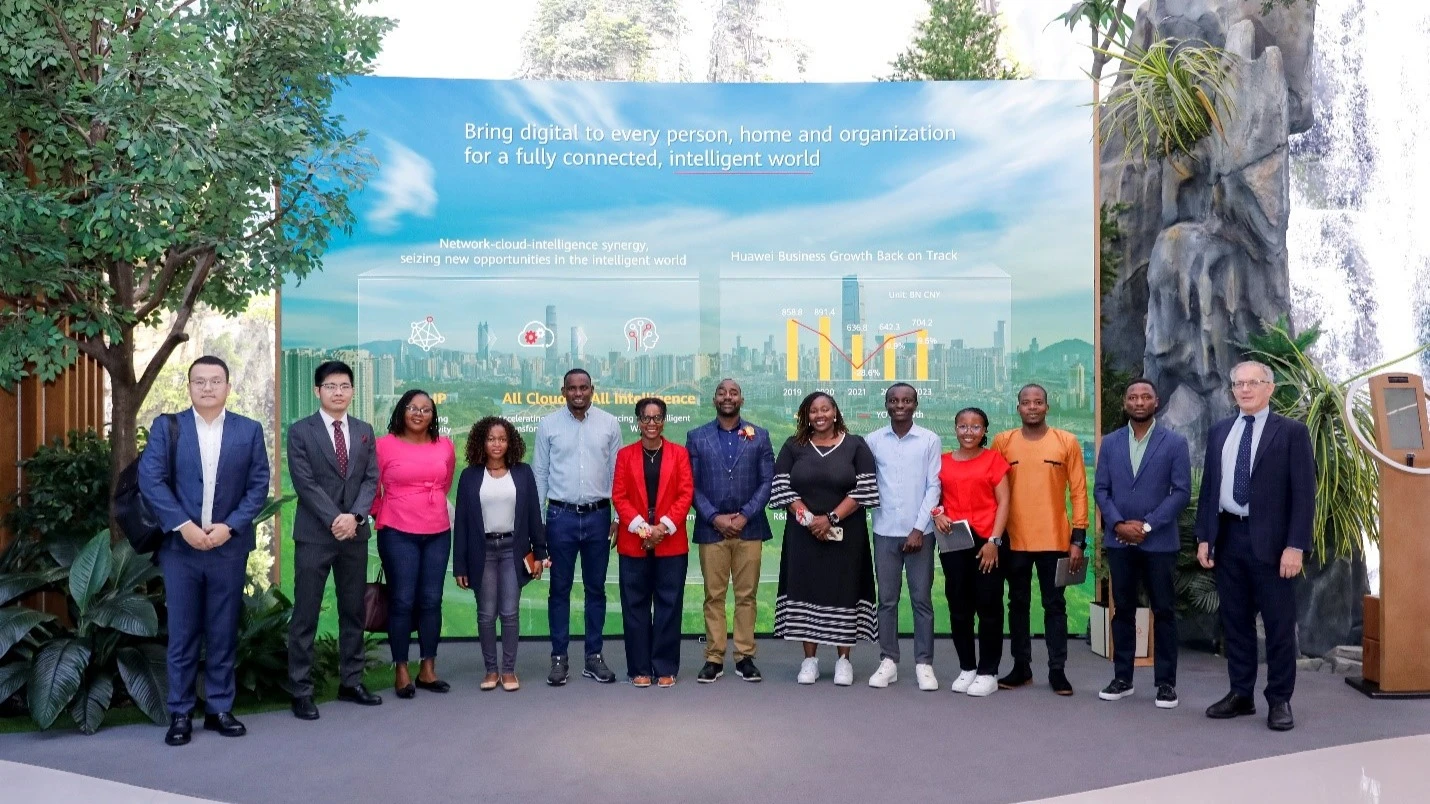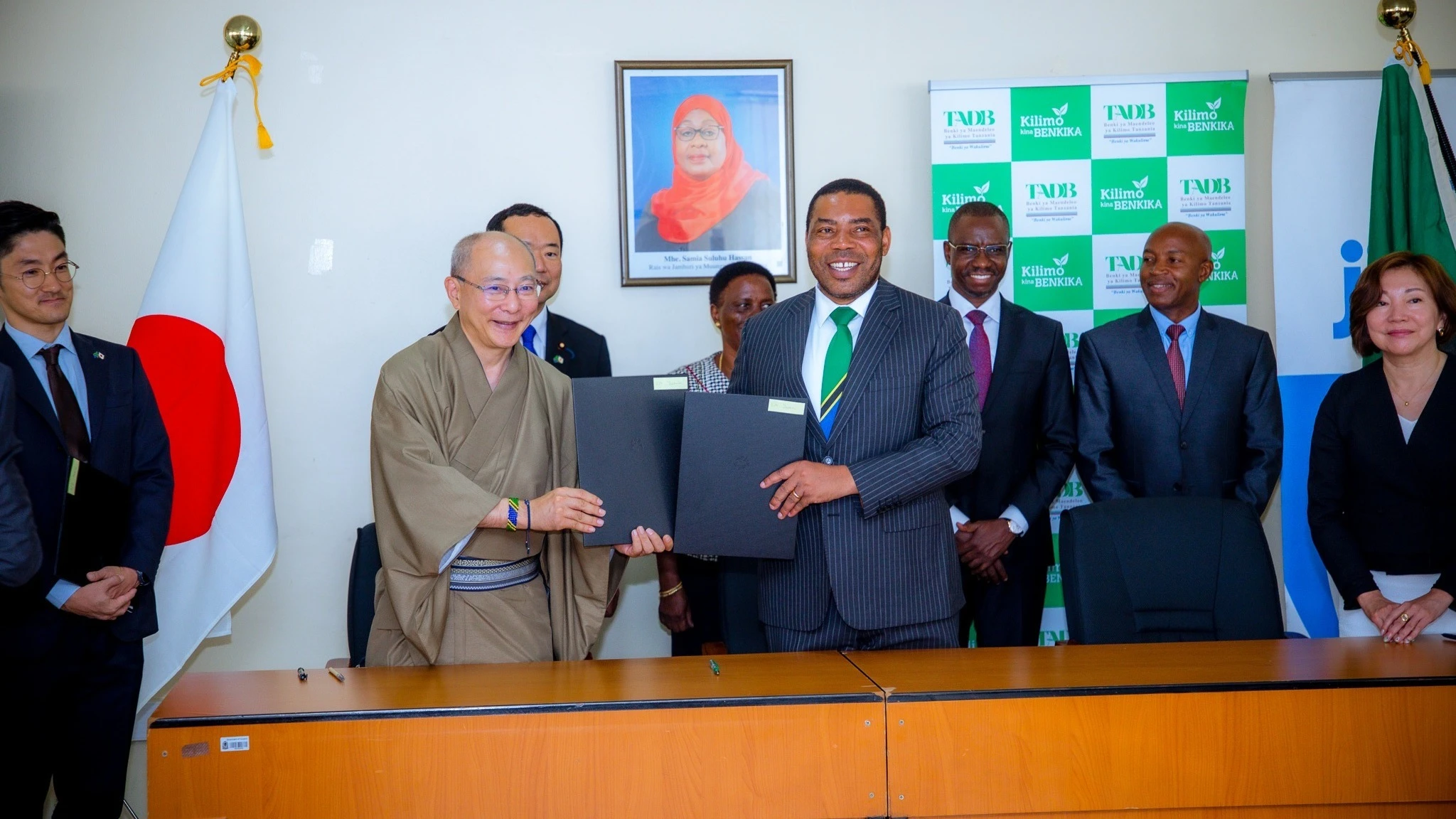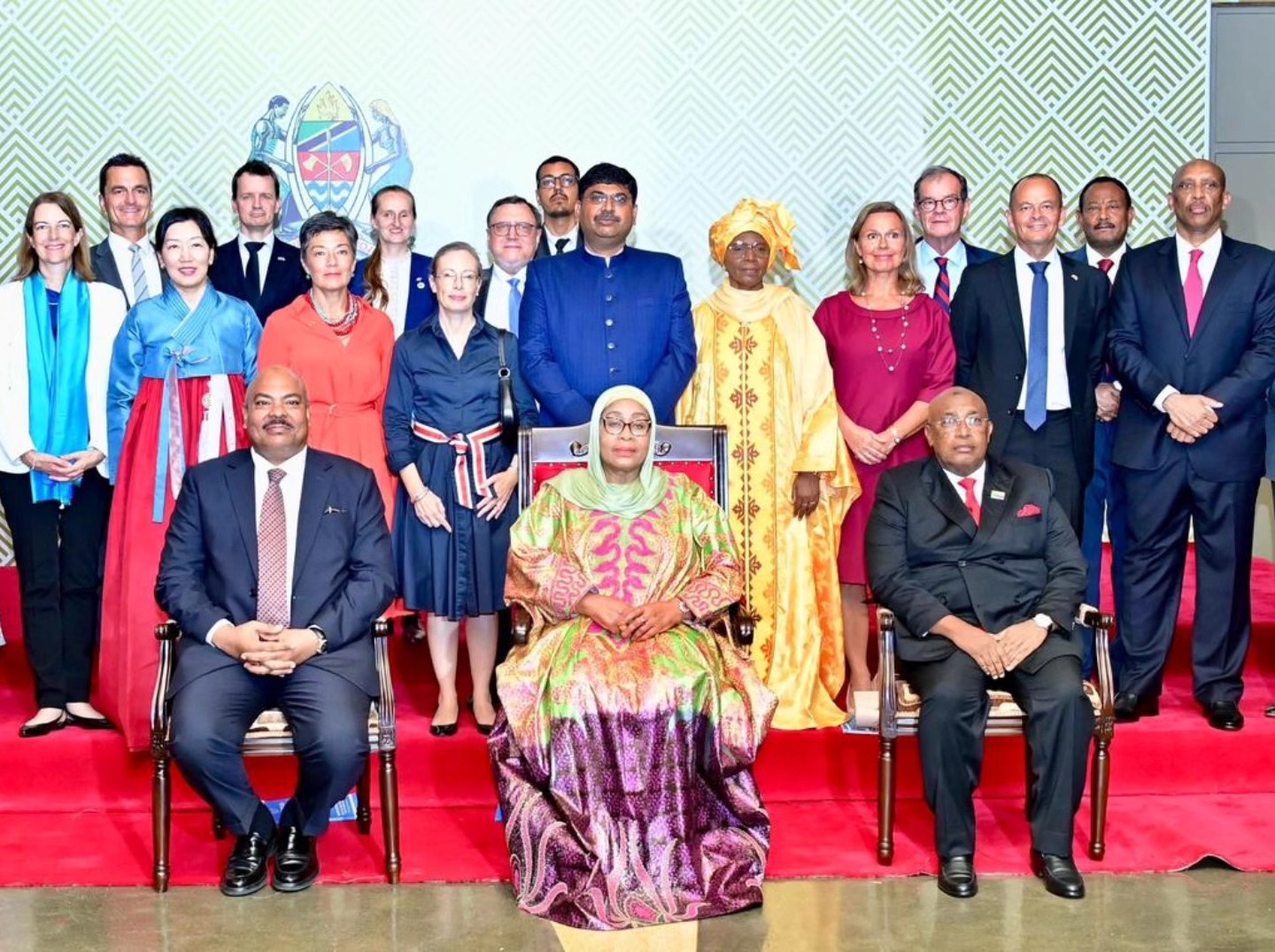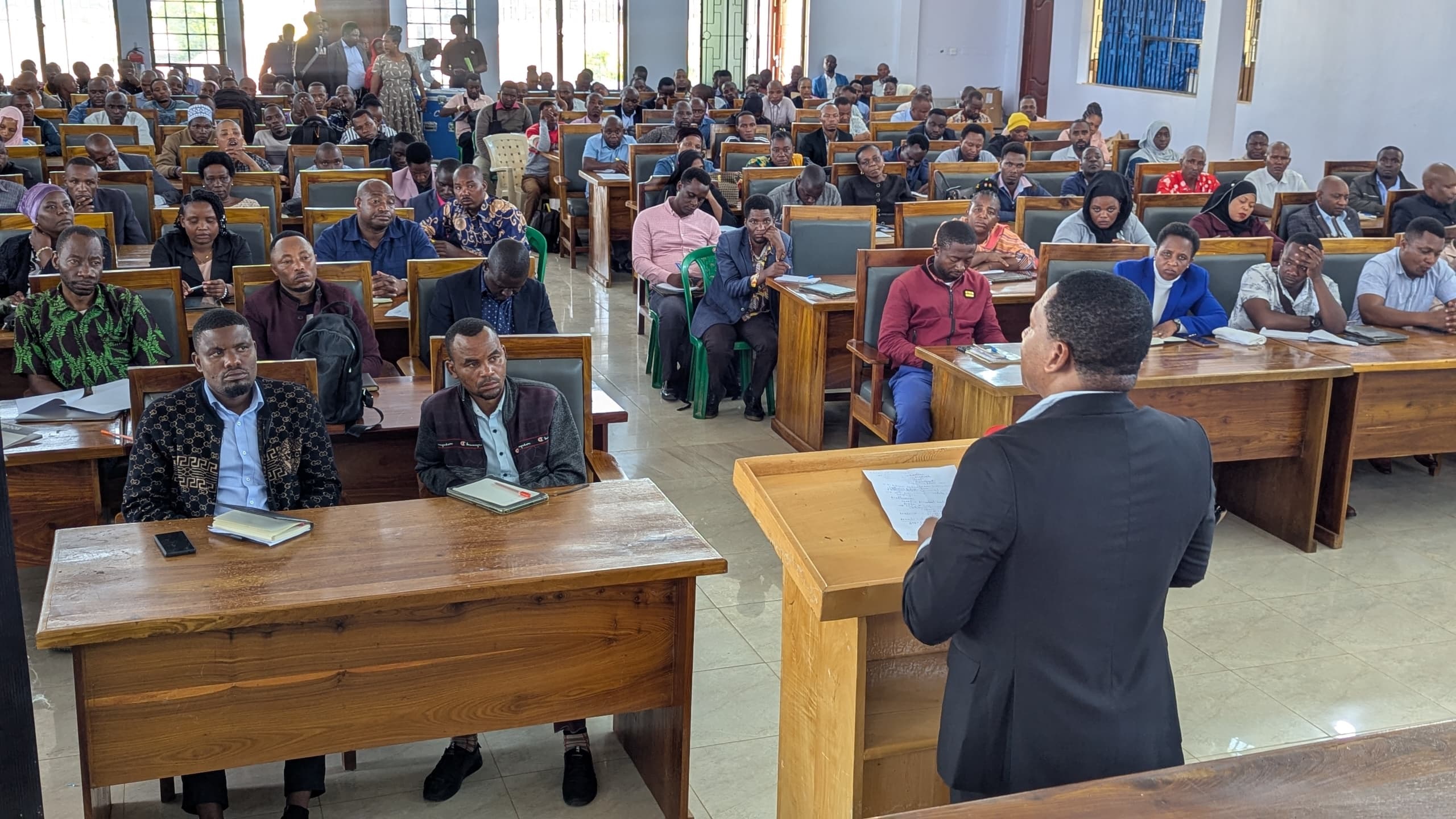Eco-cities unveiled: How Germany's green practices can inspire Tanzania
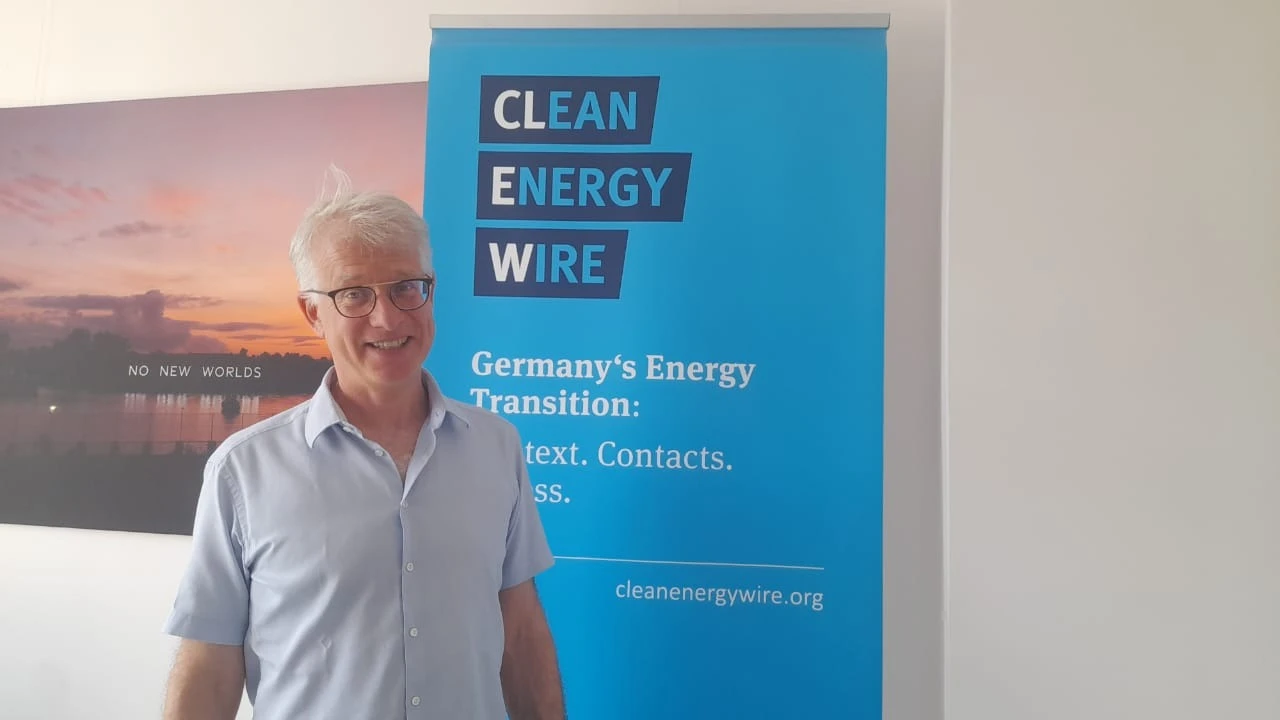
AS urbanization continues to surge worldwide, cities face the dual challenge of accommodating growing populations while mitigating environmental impacts. Germany has been a pioneer in this regard, implementing green infrastructure that balances urban growth with ecological preservation.
Tanzanian cities, facing similar urbanization pressures, can draw valuable lessons from Germany's approach. By embracing green practices, Tanzania can develop sustainable urban environments that promote both economic development and environmental health.
Germany's commitment to sustainable urban development is evident in its extensive use of green infrastructure. "Germany's approach to urban planning has been holistic, integrating natural systems into city design," notes Dr. Simone Kreck from the Leibniz Institute of Ecological Urban and Regional Development.
The country's urban areas feature numerous green spaces, including parks, green roofs, and permeable pavements, which help manage stormwater, reduce urban heat islands, and enhance air quality. This comprehensive strategy has made German cities more resilient to climate change impacts and improved the overall quality of life for residents.
One of the most notable aspects of Germany's green infrastructure is its advanced water management systems. "A big difference between Germany and Tanzania is that German cities have had water and sanitation systems for more than 100 years, underground systems where dirty water from households is collected and then sent via pipelines to treatment plants," explains Carel Mohn, Editor-in-Chief of Klimafakten.
However, Mohn also highlights the limitations of these systems, noting that "the capacity of these systems is not always sufficient to deal with the amount of rainfall we are seeing with climate change, leading to overflows and blockages."
Also, the idea of having rainfall collected in pipes and then rushed off to the ocean, is no longer sustainable as climate change increases the risk of prolonged droughts and groundwater drawdowns even in Germany.
To address these challenges, German cities have increasingly adopted nature-based solutions, such as creating more permeable surfaces and expanding green areas to allow water infiltration and groundwater formation.
In Tanzania, cities like Dar es Salaam and Arusha face rapid urbanization and its associated environmental challenges, including flooding and pollution. The implementation of green infrastructure could help mitigate these issues.
For example, incorporating green roofs and rainwater harvesting systems can reduce the strain on municipal water supplies and manage stormwater effectively. "Green roofs not only provide insulation but also reduce runoff, making them a vital component of sustainable urban design," states Dr. Anthon Tarimo, an environmental planner based in Dar es Salaam.
Such measures could significantly reduce the risk of flooding and contribute to a more sustainable water management system in Tanzanian cities, similar to their German counterparts.
To combat these issues, German cities have adopted nature-based solutions that complement traditional infrastructure. Mohn emphasizes, "One key strategy is to make sure there is less concrete in cities. You need to open up the soil and ensure that water can go into the ground rather than running off sealed surfaces."
This approach involves increasing permeable surfaces, such as green spaces and porous pavements, which allow water to infiltrate the soil, reducing runoff and preventing urban flooding. Another innovative practice in Germany is the use of green roofs.
These vegetated rooftops help manage rainwater, improve air quality, and provide insulation, reducing energy consumption. "You ideally have a situation where rainwater does not go into the drains and pipes but is kept on the premises where it falls," Mohn explains. "Collecting rainwater in underground reservoirs and using green roofs slows the volume of water, as the vegetation absorbs some of it and delays runoff."
Additionally, institutions such as the Federal Environment Agency and researchers like Dr. Simone Kreck advocate for integrating green infrastructure in urban planning. They stress the importance of sustainable water management and using natural resources to reduce urban heat islands and improve the overall quality of life in cities
Tanzanian cities, like many in developing countries, face rapid urbanization, often leading to environmental degradation. The unplanned expansion of urban areas can strain existing infrastructure, exacerbate flooding, and increase pollution. However, by adopting some of the strategies used in German cities, Tanzania can develop more resilient and sustainable urban environments.
Tanzanian cities can prioritize integrating green spaces into urban planning, just as Germany has done. Parks, gardens, and other green areas provide recreational spaces for residents and act as natural water management systems. They help absorb rainwater, reduce runoff, provide for cooling and improve air quality.
For instance, Dar es Salaam, Tanzania's largest city, could incorporate more green belts and community gardens to enhance biodiversity and create a buffer against flooding. The prevalence of concrete and asphalt in urban areas contributes to increased runoff and flooding.
German cities have addressed this by using permeable materials for pavements and parking lots. Tanzanian cities could adopt similar practices, such as using permeable bricks or gravel, to allow water to percolate into the ground. This not only mitigates flooding but also replenishes groundwater resources.
Top Headlines
© 2025 IPPMEDIA.COM. ALL RIGHTS RESERVED


